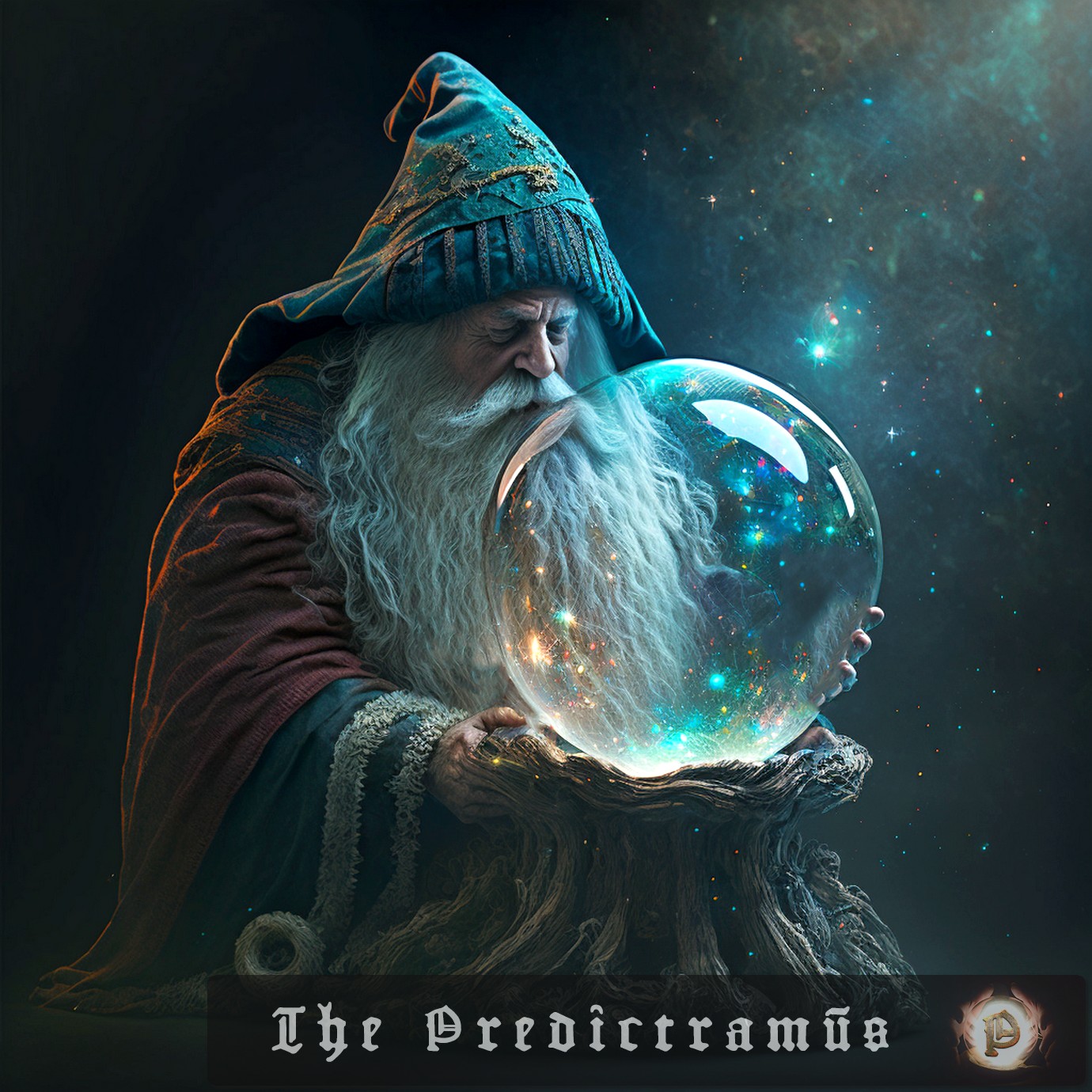Researchers at the Public University of Navarre in Pamplona, Spain, have developed a new device that renders 3D graphics, allowing users to reach in and manipulate virtual objects. This technology has the potential to revolutionize hands-on educational tools, museum exhibits, 3D artwork, and video games. The device uses elastic strips to create a seamless interaction…
Science on The Soothsayer / page 20
Researchers at the University of Victoria in Canada have developed a low-cost radiotherapy system called KOALA, designed to provide cancer treatment in low- and middle-income countries and geographically remote rural regions. The system uses kilovoltage X-rays, which are significantly cheaper than megavoltage X-rays used in conventional radiotherapy. Initial performance characterization of the proof-of-concept device has…
A growing body of research suggests that uncertainty is becoming a widespread public health problem, affecting people’s ability to think clearly, make sound decisions, and handle stress. Experts argue that accepting uncertainty as a natural part of life is crucial, as it can also bring a sense of adventure, surprise, and novelty. However, the inability…
Researchers at Ruhr University Bochum, Germany, have made a groundbreaking discovery about the properties of supercritical water, a state of water that exists at extremely high temperatures and pressures. Contrary to previous theories, they found that supercritical water does not form hydrogen bonds, which are responsible for many of water’s unusual properties. This finding could…
A recent study published in Aging and Mental Health has found that loneliness tends to decrease among middle-aged Americans, contradicting the global trend of increasing loneliness after midlife. Researchers analyzed data from three demographic surveys involving over 64,000 people aged 50 to 90 across 29 countries and discovered that the US is an outlier in…
Physicists at the ATLAS experiment on the Large Hadron Collider have made a groundbreaking discovery, observing the production of top quark-antiquark pairs in collisions involving heavy nuclei. This achievement sheds new light on the early universe and the quark-gluon plasma, a state of matter that existed microseconds after the Big Bang. The study confirms predictions…
Researchers have found that warming temperatures may cause methane emissions from wetlands to rise by helping methane-producing bacteria thrive. The study, conducted in coastal wetlands near the Chesapeake Bay, analyzed soil conditions and found that rising temperatures and CO2 concentrations may be tipping the balance between methane production and consumption, leading to increased emissions. Forecast…
Researchers at East China Normal University have made a groundbreaking discovery in the field of synchronization, observing abnormal patterns in a femtosecond fibre laser. These patterns, known as “Arnold’s tongues,” had been theorized to exist but never experimentally confirmed. The study opens up new possibilities for understanding synchronization phenomena and could lead to advancements in…
A recent study published in Science reveals that Earth’s landmasses have lost trillions of metric tons of water since the early 21st century. This decline is attributed to rising temperatures, which have altered precipitation patterns and intensified evaporation and transpiration. As a result, soil moisture has decreased significantly, leading to droughts and increased sea levels….
A team of researchers at UC Berkeley has made a groundbreaking discovery in the field of colour vision. They have developed a new retinal stimulation technique called Oz, which enables volunteers to see colours that lie beyond the natural range of human vision. The Oz technique works by stimulating individual cone cells in the retina…










